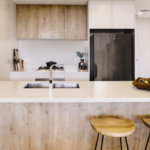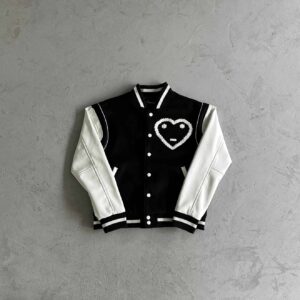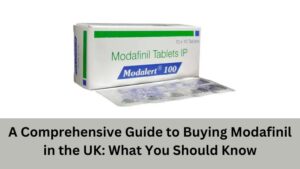When it comes to achieving a flawless makeup look, the right foundation brush can make all the difference. With so many options available, finding the perfect one for your needs might seem overwhelming. This ultimate guide will walk you through everything you need to know about choosing the perfect foundation brush, ensuring you get that smooth, even finish every time.
Understanding Different Types of Foundation Brushes
-
Flat Foundation Brush:
- Shape: Flat with a rounded tip.
- Best For: Liquid and cream foundations.
- Usage: Provides a smooth, even coverage. Ideal for beginners due to its easy application method.
- Technique: Use a painting motion to apply the foundation, then blend out any streaks.
-
Kabuki Brush:
- Shape: Dense, with a rounded or flat top.
- Best For: Liquid, cream, and powder foundations.
- Usage: Offers full coverage and a flawless finish.
- Technique: Buff the foundation onto the skin in circular motions for an airbrushed effect.
-
Stippling Brush:
- Shape: Dual-fiber, with a combination of short and long bristles.
- Best For: Liquid and cream foundations.
- Usage: Creates a lightweight, buildable coverage with a natural finish.
- Technique: Dot foundation on the face, then use the brush to blend in a stippling (dabbing) motion.
-
Angled Foundation Brush:
- Shape: Angled, with a slanted edge.
- Best For: Contouring and precision application.
- Usage: Allows for detailed application around the nose, eyes, and hairline.
- Technique: Apply foundation in small areas, using the angled edge for precision, then blend outwards.
-
Beauty Blender or Sponge:
- Shape: Egg-shaped, with a pointed tip.
- Best For: Liquid and cream foundations.
- Usage: Provides a dewy, natural finish and can be used for blending.
- Technique: Dampen the sponge, apply foundation to the skin, and bounce the sponge to blend seamlessly.
Choosing the Right Brush for Your Skin Type
- Oily Skin: Opt for a brush that provides a matte finish. Kabuki brushes are excellent for buffing powder foundation into the skin, helping to control shine.
- Dry Skin: A stippling brush is ideal, as it allows for a lighter application of liquid or cream foundation, preventing the foundation from clinging to dry patches.
- Combination Skin: A flat foundation brush or a beauty blender works well to balance coverage in oily and dry areas.
Tips for Using Your Foundation Brush
- Prep Your Skin: Ensure your skin is clean and moisturized before applying foundation. A good primer can also help to create a smooth base.
- Start with Small Amounts: It’s easier to build up coverage than to remove excess foundation. Start with a small amount and add more as needed.
- Blend Well: Always blend the foundation into your hairline, jawline, and neck to avoid any harsh lines.
- Clean Your Brushes Regularly: Dirty brushes can harbor bacteria and affect the application of your foundation. Clean your brushes at least once a week using a gentle brush cleaner or mild soap and water.
Maintaining Your Foundation Brush
- Cleaning: Regularly wash your brushes with a gentle brush cleaner. For a DIY solution, use a mix of warm water and mild soap.
- Drying: After washing, reshape the bristles and lay the brush flat to dry. Avoid drying them upright to prevent water from damaging the handle and the glue that holds the bristles.
- Storage: Store your brushes in a clean, dry place. Use brush guards or a brush holder to maintain their shape and keep them dust-free.
Final Thoughts
Choosing the perfect foundation brush is a personal journey that depends on your skin type, the type of foundation you use, and your desired finish. Experiment with different brushes to find the one that works best for you. Remember, the right brush can elevate your makeup routine, making application smoother and the final look more polished.
By following this guide, you’ll be well on your way to achieving that flawless, airbrushed finish that we all strive for. Happy brushing!











